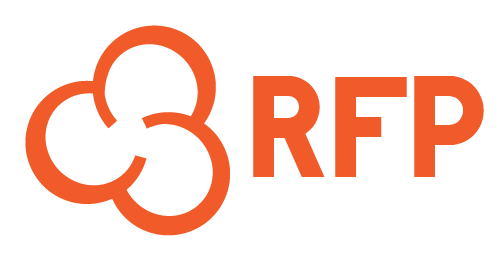In our previous blog post, we introduced our series on the 12 Procurement Challenges and discussed the challenge of inefficient processes. In this post, we’ll explore the second challenge: lack of transparency and collaboration. These are essential for every organization to ensure efficient procurement processes, foster better communication, and improve decision-making. We’ll discuss the problems associated with poor transparency and collaboration and how organizations can work to overcome these issues.
The Problem: Lack of Transparency and Collaboration
In many organizations, procurement processes suffer from a lack of transparency and collaboration, leading to the following issues:
- Inefficiencies and delays: When procurement activities are not clearly visible to all stakeholders, it becomes difficult to track progress, identify bottlenecks, and make informed decisions. This can result in inefficiencies, delays, and increased costs.
- Poor communication: A lack of collaboration among procurement teams, internal stakeholders, and suppliers can lead to miscommunication, misunderstandings, and missed opportunities.
- Difficulty in decision-making: Without real-time insights into procurement activities, decision-making can be slow and based on incomplete or outdated information, negatively impacting the quality of procurement outcomes.
The Solution: Centralized Procurement Platform
Implementing a centralized procurement platform can help organizations overcome the challenges associated with a lack of transparency and collaboration. Here are some key benefits of adopting such a platform:
- Real-time insights: A centralized platform provides real-time visibility into procurement activities, allowing stakeholders to track progress, identify issues, and make informed decisions.
- Improved collaboration: Procurement platforms facilitate collaboration among team members, internal stakeholders, and suppliers by providing a shared workspace, file storage, and communication tools. This helps streamline workflows, reduce miscommunication, and improve the overall procurement process.
- Data-driven decision-making: Procurement platforms offer analytics and reporting capabilities that enable teams to make data-driven decisions based on accurate, up-to-date information.
- Accountability and compliance: A centralized platform promotes accountability by providing an audit trail of procurement activities and ensuring compliance with organizational policies and industry regulations.
Overcoming This Challenge
A lack of transparency and collaboration can hinder the success of procurement processes. By implementing a centralized procurement platform, organizations can overcome these challenges and drive better procurement outcomes. Enhanced visibility, improved collaboration, data-driven decision-making, and compliance features of such platforms can lead to increased efficiency, cost savings, and better supplier relationships.
We’d like to hear from you what you’ve done to overcome this challenge, or, if you’re still struggling with it, you can book a free consultation with our procurement experts to develop or refine your strategy.








